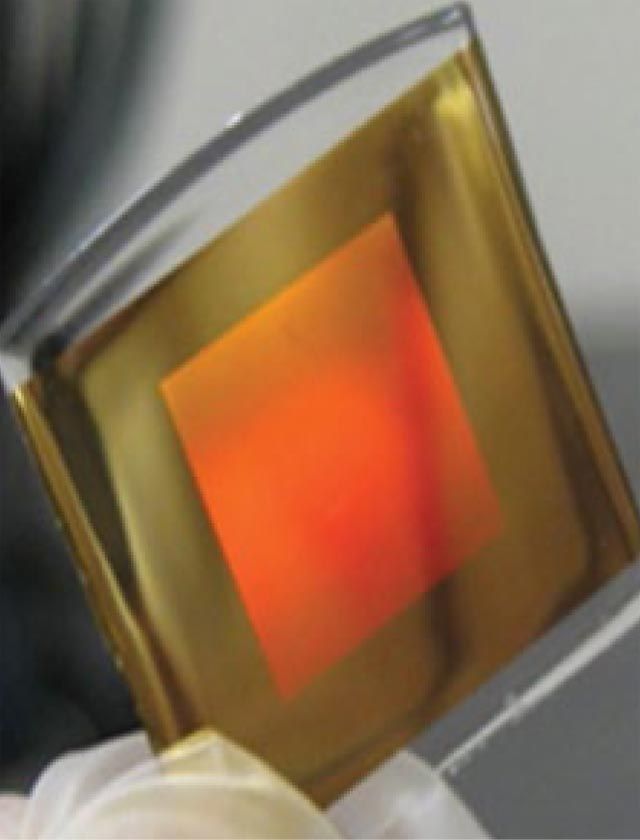When white blood cells, the building blocks of the human immune system, encounter viruses or harmful bacteria, they secrete molecules to summon more white cells to the site.
Researchers typically use an enzyme-linked immunosorbent assay to determine how many molecules white cells secrete to rally other cells. A sample indicates the presence of antigens, which cause the immune system to produce antibodies. However, this method yields no clues about white cells’ behavior over time against intruders.
Knowing how immune cells respond to attackers in real time could help researchers learn how cells regulate each other’s functions. Some immune cells are early responders, while others join the battle later. The information could also enable labs to get results—and help diagnose infections or diseases—more quickly.
“These interactions are not well understood, because they involve very complicated communication among cells,” says Xuanhong Cheng, associate professor of materials science and engineering. “We lack the tools to study a time response of how immune cells’ secretions modulate their responses. This could have diagnostic implications.”
Cheng is working with Filbert Bartoli, the Chandler Weaver Chair of Electrical and Computer Engineering, to monitor white blood cell function using a novel, handheld nanoplasmonic sensor device. The project is supported by NSF.
“Our approach uses interferometers, which combine two light signals traveling along different paths,” says Bartoli. “When they meet, we see an oscillatory pattern. We are combining this very sensitive technique with plasmonic technology to increase performance.
“If you attach biomolecules to the sensor surface, it causes a phase shift in the interference pattern of oscillations between the two beams. This shift can be used to detect biomolecules.”
The researchers coat the surface of the sensor with a substance that recognizes cellular secretions. When the antigen-indicating secretions of the white blood cells bind to the coating on the sensor, they generate a local optical property change.
In a November 2014 paper in Nanoscale, Bartoli and his students showed that their circular plasmonic interferometer can distinguish between the binding of biomolecules on the sensor surface and changes in the index of refraction of the volume of fluid above the sensor surface.
Cheng and Bartoli plan to build a multiplexed array of individual sensors that can sense different biomolecules at the same time. First, they must perfect a single sensor and integrate it with a cell culture. The cell must be placed close enough to the sensor surface so the molecules it generates can be captured before they diffuse away, Cheng says.
“Each sensor has to be very sensitive and compatible to the size of a single white blood cell, which is 10 microns in diameter,” says Cheng.
Cheng and Bartoli have previously used a biosensor to detect bovine serum albumen and its antibody. “We were able to measure 0.4 picograms per square millimeter of antibody,” says Bartoli. “Commercial instruments don’t do much better. Our method presents the opportunity for much better multiplex sensing, and it’s less expensive because you can shine light and look at the results with an optical microscope.”
The two researchers believe their nanoplasmonic sensor device will provide a snapshot of the immune system in action and track disease progression by giving a glimpse at how white blood cells respond to antigens.
Bartoli, who directs the Biophotonics and Optoelectronics Lab, is designing the sensor. Cheng, who studies microfluidics, is integrating it with cell culture. Preliminary data measured cellular response using sensing platforms and groups of white blood cells. However, a heterogeneous response from a group of cells provides only an average response about how much molecule a cell secreted.
"Detecting the response of a single cell gives us information that leads to effective diagnosis for tuberculosis and other infectious diseases,” says Cheng, “because the number of cell responses to the tuberculosis antigen determines whether someone has an active or latent infection.” That difference, she adds, can be crucial when choosing a treatment.

